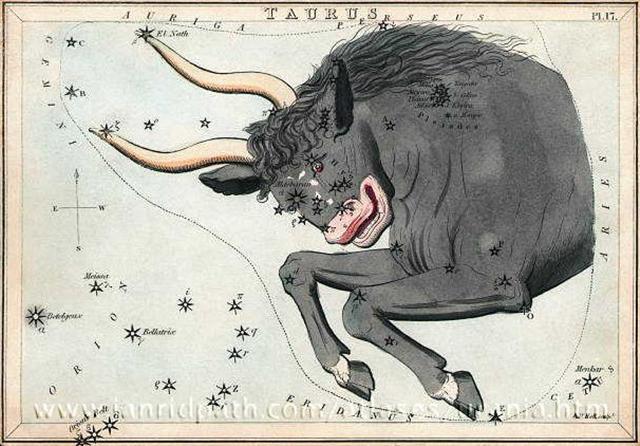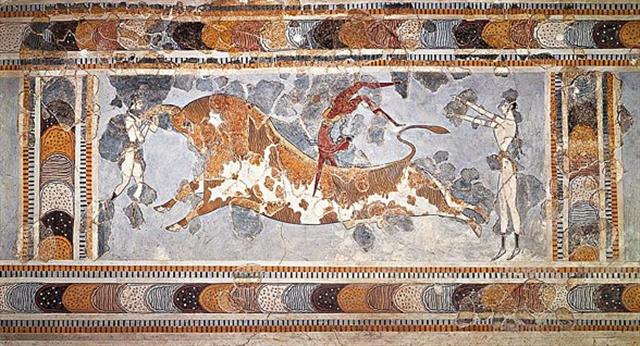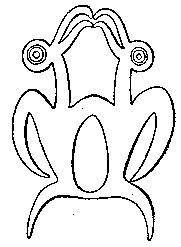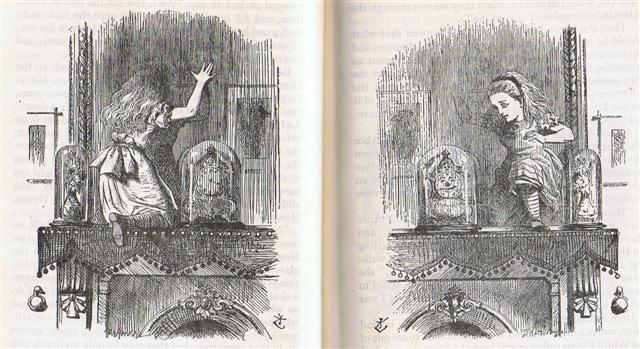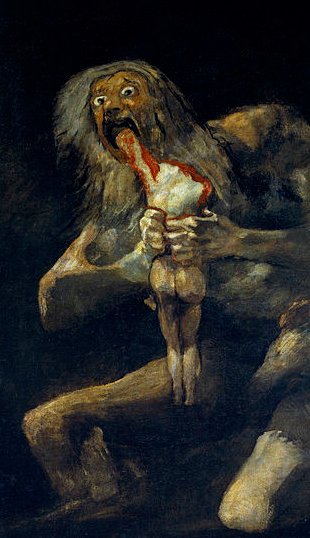Changing from the world of the Moon (moving from west to east, 'withershins') to the world of the Sun (moving from east to west) might have inspired the ancient idea of bull leaping - using the power of the Bull horns (digging sticks);
in order to escape quickly upwards in a potentially lethal jump (salto mortale), then to make landfall safely on the other side of the bull, but now oriented in the opposite direction, away from the dangerous position, no longer confronting the Fierce Bull:
And now, after having safely navigated past the dangerous passage of the C text from side a to side b, ... 'In Upper Egypt', wrote Sir James G. Frazer in The Golden Bough, citing the observations of a German nineteenth-century voyager, 'on the first day of the solar year by Coptic reckoning, that is, on the tenth of September, when the Nile has generally reached its highest point, the regular government is suspended for three days and every town chooses its own ruler. This temporary lord wears a sort of tall fool's cap and a long flaxen beard, and is enveloped in a strange mantle. With a wand of office in his hand and attended by men disguised as scribes, executioners, and so forth, he proceeds to the Governor's house. The latter allows himself to be deposed; and the mock king, mounting the throne, holds a tribunal, to the decisions of which even the governor and his officials must bow. After three days the mock king is committed to the flames, and from its ashes the Fellah creeps forth ... we can move on from Bharani / Kochab past Benetnash / Polaris towards the heuheu birds in the C text:
Christmas Eve is followed by Christmas Day, Midsummer Eve by Midsummer Day, etc. There should be a pair of glyphs to illustrate this phenomenon. The 'bull leap' has a pair of places and the dark Saturday is always followed by the day of the Sun:
|
||||||||||||||||||||||||||||||||||||||||||
